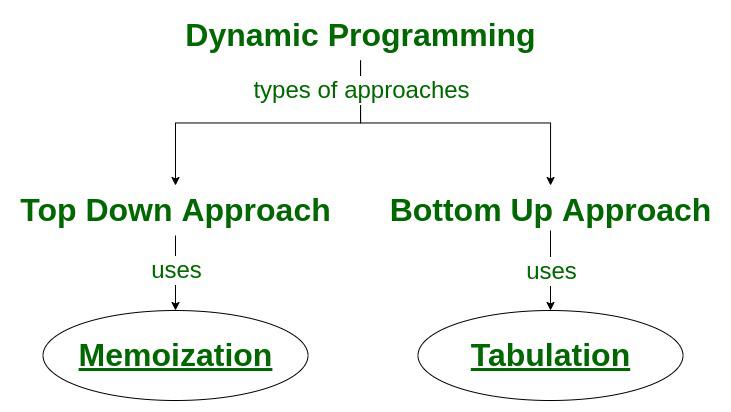Dynamic Programming Address Problems with Sequential Decision-Making

Dynamic programming (DP) is a powerful technique for solving optimization problems with sequential decision-making. It breaks down complex problems into simpler subproblems and recursively solves them to find the optimal solution. Here's how dynamic programming addresses problems with sequential decision-making:
Optimal Substructure: Dynamic programming relies on the principle of optimal substructure, which states that an optimal solution to a problem can be constructed from optimal solutions to its subproblems. In other words, if we can find the optimal solution to each subproblem, we can construct the optimal solution to the overall problem.
Memoization or Tabulation: Dynamic programming can be implemented using either memoization or tabulation techniques:
State Transition and Recurrence Relations: Dynamic programming problems involve defining state transitions and recurrence relations:
Principle of Optimality: Dynamic programming relies on the principle of optimality, which states that an optimal policy has the property that whatever the initial state and initial decision are, the remaining decisions must constitute an optimal policy with regard to the state resulting from the first decision.
Applications: Dynamic programming is applied to various sequential decision-making problems, including:
Dynamic programming provides a systematic approach to solving sequential decision-making problems by breaking them down into simpler subproblems and efficiently finding the optimal solution through recursion and memoization or tabulation. It is widely used in various fields, including computer science, operations research, economics, and engineering.
Thank you,